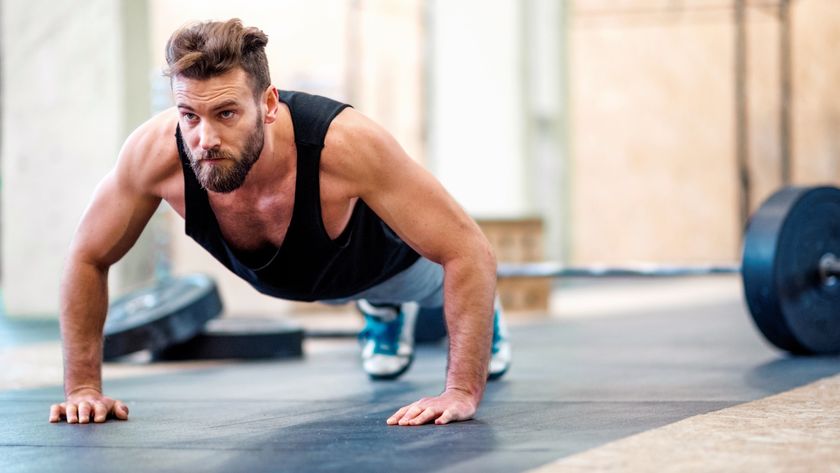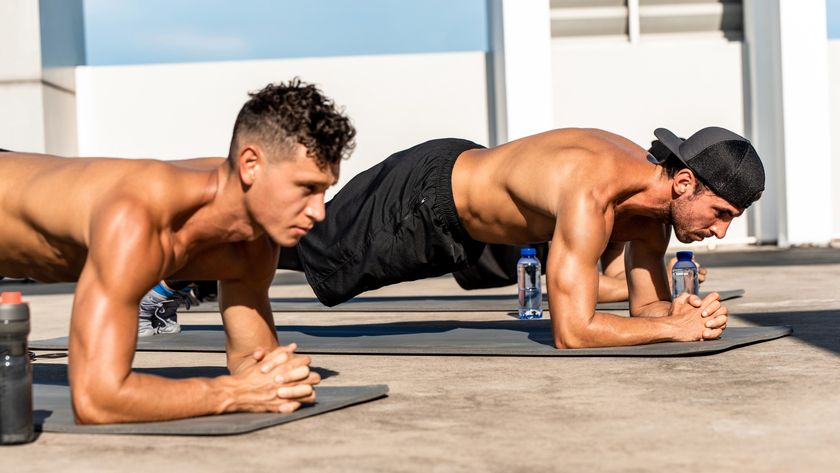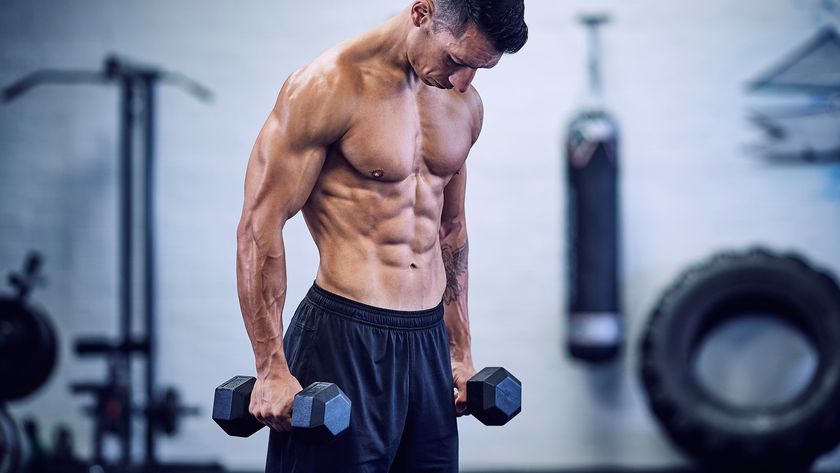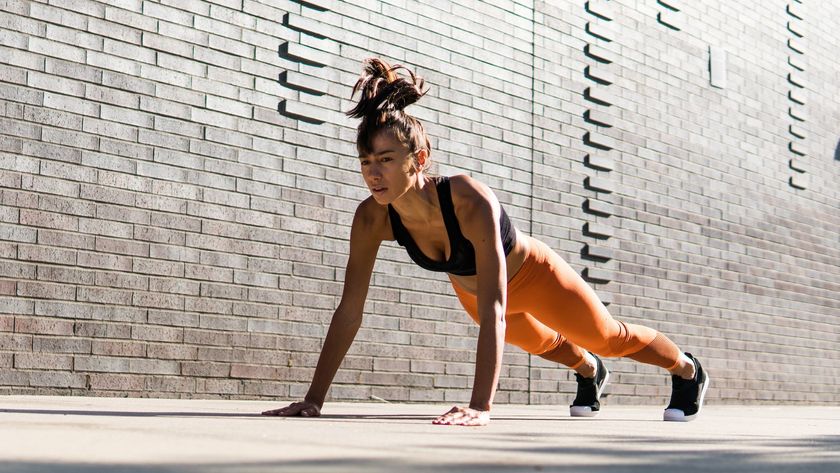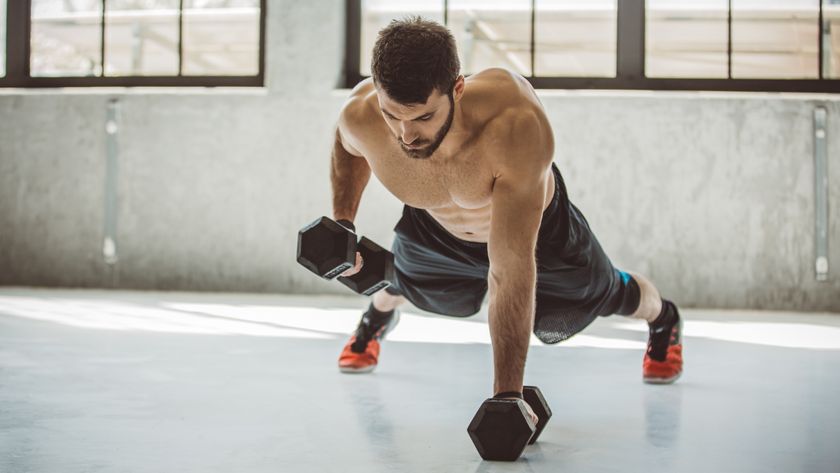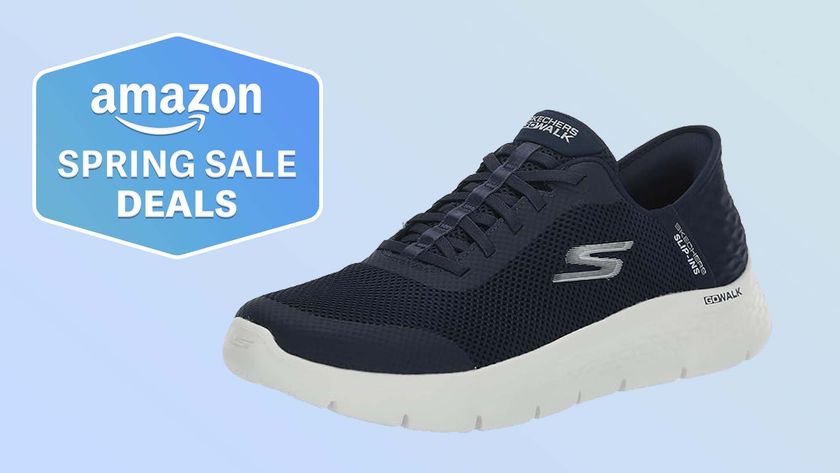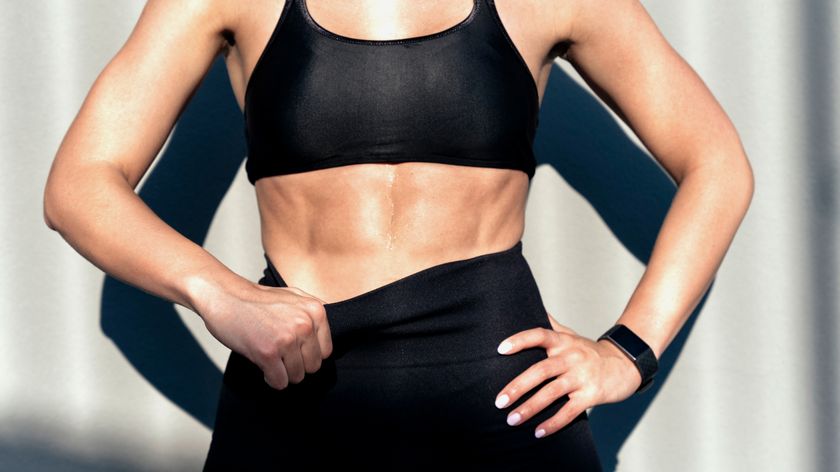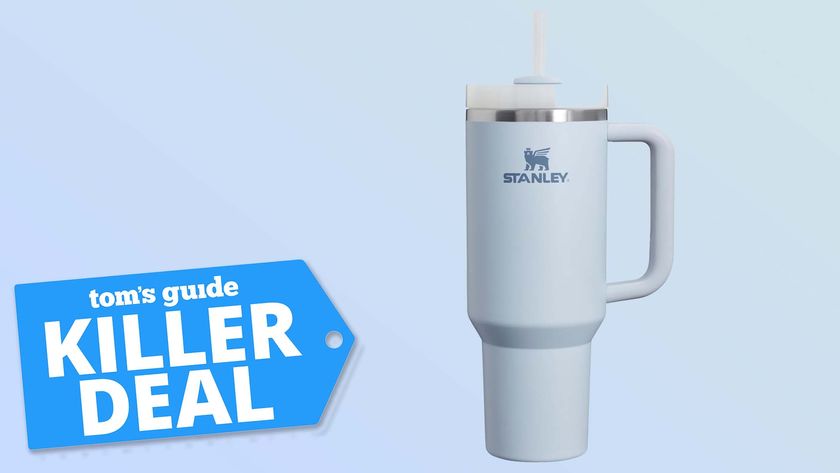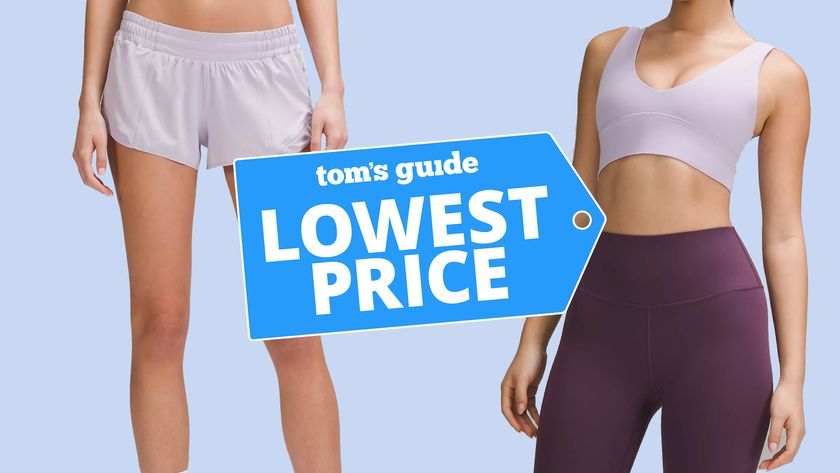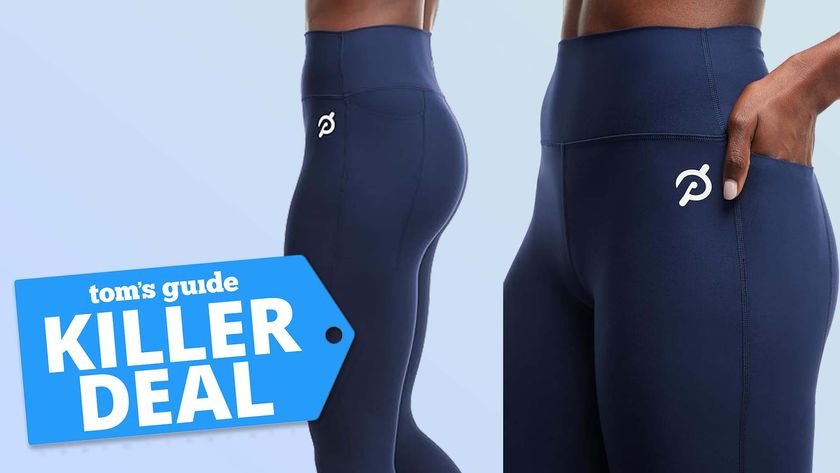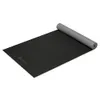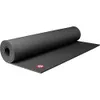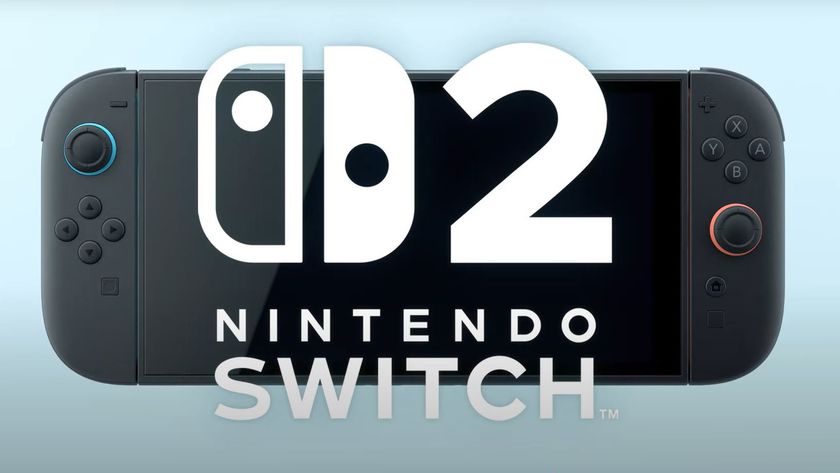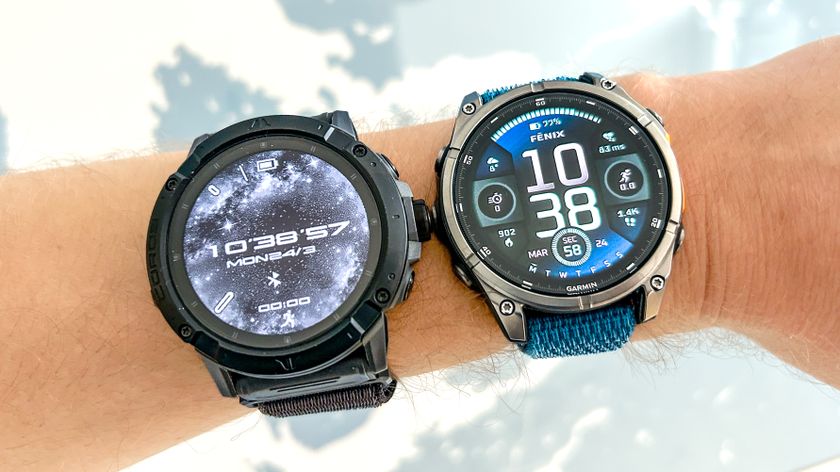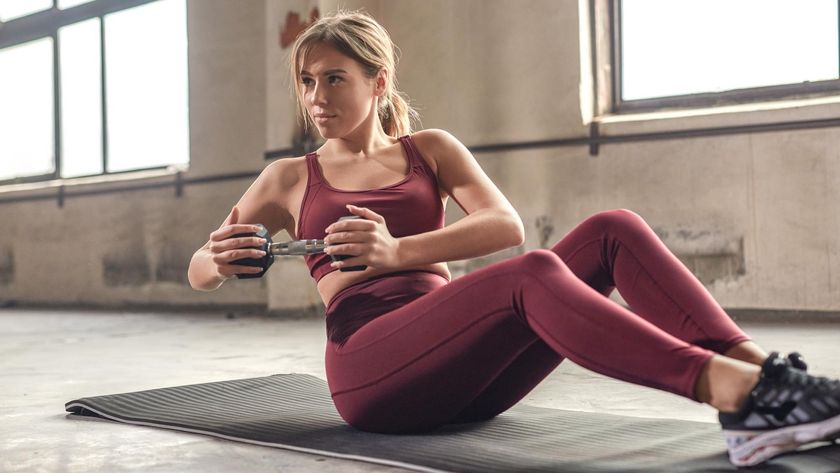
There’s an outdated and pretty common misconception that, thankfully, isn’t getting much airtime anymore: lifting weights makes you bulky. To some extent, it has kept women from lifting heavy for years — the fear of looking “manly” or “too muscly.”
Finally, the theory that sculpting, honing, and toning requires a light set of weights and a high-octane HIIT class is changing. There are many effective workout methods for men and women to gain strength and muscle; part of the fun is deciding what works for your body.
Did you know that muscles are quite challenging to build and maintain? Lifting weights doesn’t guarantee a super-sculpted body, so the idea that weightlifting makes you bulky is nonsense. There are guidelines you can follow if your goals are to build muscle or get stronger; it takes time, adherence, and a little science to pack on noticeable size.
But anyone can follow these simple rules. Here are my three non-negotiables and why adherence to them is important. While you’re here, why not grab one of the best protein shakers for your next workout?
What are the 3 non-negotiables for building strength and muscle?
These days, you’ll see women and men alike stacking up the weights, and I’m so glad to see that #Strongissexy. It’s not just men building their confidence, alongside muscle and strength, in the weights room.
Firstly, building strength and growing muscle follow slightly different exercise protocols. Those working on training for maximal strength — think Olympic lifters and anyone looking for a one-rep max — train differently from those following a muscle-building resistance program known as hypertrophy (read: hypertrophy vs strength training: What’s the difference?)
Some of the strongest people in the world don’t have the body to rival Arnold Schwarzenegger, and many muscle-mapped movers out there aren’t that strong.
Sign up to get the BEST of Tom's Guide direct to your inbox.
Get instant access to breaking news, the hottest reviews, great deals and helpful tips.
But more on that later. There are crossovers in a few areas, and these three are key to success: diet, progression, and recovery. Here’s what you need to know.
1. Progressive overload
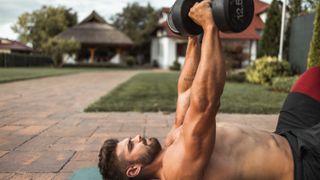
Here are your first buzzwords: progressive overload. This refers to your progression as you get stronger and fitter. If you’re still lifting the same dumbbells for a bench press three months down the line (and no other variables have changed, either), you’re probably not progressing.
Progressive overload doesn’t just mean adding load as you get stronger. You can progress in various ways based on factors like your goals, training type and frequency.
Incrementally increasing your training volume allows your body to build slowly and recover from the stress that exercise creates. When your muscles work hard during workouts, muscle fibers experience tiny microtears, which is the muscle breakdown phase. During recovery, your body produces the growth hormone (alongside other processes) and muscles begin to mend — the growing phase. You can’t build up unless you break down.
You can learn more about progressive overload and how to utilize it here. As an example, I don’t increase load with clients by any more than 10% each time over weeks and months. If a client can perform their reps and sets with a few spare in the tank without compromising their form, I’ll consider upping the weights or progressing the exercises.
If you’ve hit a training plateau, chances are, your body needs a change in stimulus. As you adapt training variables, you’ll notice positive changes over the weeks and months, whether that's strength gains or more noticeable muscle development.
Think about a marathon runner — you don’t run 26 miles overnight. The same goes for growing and strengthening your muscles.
2. Protein, protein, protein
The next buzzword: macros.
If you’ve heard people talking about tracking macros, they’re referring to the amount of calories, protein, carbs, and fats they consume daily to hit their training goals. We live in a world obsessed with tracking everything, and there’s usually an app for it too.
You can learn how to track your macros using a macro calculator and then download a macros app to stay on top of your progress. My only caveat is that unless you’re competing in a performance-specific event, I wouldn’t recommend tracking every day for the long term.
Remember to enjoy your food, which means finding balance rather than monitoring every morsel you eat. I like to use these apps for educational purposes; they help me to estimate portion sizes more accurately and learn the types of food that nourish me best to hit my goals. For most people, I don’t recommend counting calories everyday long term.
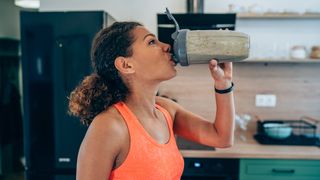
While carbs are your exercise fuel, protein is your muscle-building power tool. Adequate protein intake is associated with growing and maintaining muscle and helping you to recover.
Protein is formed of amino acid chains known as essential or non-essential; essential amino acids must be sourced through diet (think lean meats, beans, pulses, and so on). Your body breaks protein down into amino acids, which can be used as currency for building muscle.
How much protein you need to build muscle depends on your body and goals, but it's the potent combination of diet (including protein intake), exercise, and recovery that breaks down and rebuilds muscles. No matter how you exercise, protein is a crucial component of the human diet, impacting skin and muscle maintenance. One study even suggests you may need more protein after cardio than you think to aid recovery efforts.
Your diet is also responsible for body composition. Even if you spend months and years sculpting muscle, how visible it is to the naked eye will depend on your body fat percentage, which is determined by lifestyle factors (sleep, diet, exercise), metabolism, and genetics.
Did you know that muscles are quite challenging to build and maintain? Lifting weights doesn’t guarantee a gym-honed bod’.
Body recomposition is the combination of fat loss and muscle growth that determines physique. It can be challenging to achieve without professional guidance, as it requires a calorie deficit (consuming fewer calories than you burn) while increasing protein intake and exercising for muscle growth. In other words, quite a lot of work for most people.
Just remember, there are plenty of exercise benefits aside from how you look, and some of the strongest, fittest people on the planet don’t look chiseled. As I mentioned earlier, strength and muscle growth aren’t mutually exclusive — you can be incredibly strong (think powerlifters) without growing the actual size of your muscle fibers. You can also be a pro bodybuilder without achieving any maximal strength outcomes.
Strength training alters your power output, whereas hypertrophy increases muscle fiber size. It comes down to the demands required to achieve muscle or strength adaptations, as I touched on earlier with training principles.
As a general rule (without overcomplicating things), aim to eat protein with every meal and include roughly 1 to 1.5 grams per kilo of body weight daily, or up to 2 grams if trying to build muscle. You can use an online protein calculator to estimate your recommended protein intake.
3. Rest days
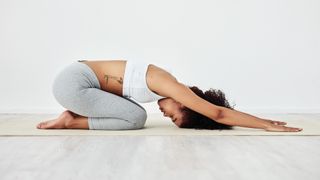
Lastly, let’s talk about recovery. The number of rest days you really need depends on how you exercise and how often. That said, there are signs you’re at risk of overtraining, including muscle weakness, fatigue, training plateaus, and poor sleep hygiene. If you suspect you might be training too much, don’t be afraid to dial it back. Overtraining could result in injury, meaning you might be forced to rest.
Taking a day off doesn’t mean gluing yourself to the sofa (although sometimes that’s just what I need). It can include gentle, low-impact options like a walk or swim. Consistency is the key to progress; if your body can’t rest, your muscles can’t recover.
For that reason, every training plan, regardless of who you are, should incorporate rest days, and some studies show that just one or two days of strength training per week can improve fitness!
I recommend one to two rest days for most people mixed in with training days and active recovery. A simple way to stay active when you're not training is to go for a walk. On average, you can achieve almost 7,000 steps in an hour at a moderate walking pace.
Bottom line

Want to get stronger or build muscle? Progressively adapt your training plan and include at least a day or two of rest alongside active recovery, like a walk, stretching, or swimming. Dial into your nutrition by focusing on protein intake and calculate the number to your needs using an online calculator or speak with a personal trainer.
I can tell you that following these three rules can supercharge your efforts in the gym or however you enjoy exercising.
Your effort versus results won’t look the same as someone else’s, so we don’t stamp a definitive number on anything in the fitness industry. Look left, look right, chances are, your requirements differ from those of the person next to you. This brings me to my last point: hormones.
Yes, we all have hormones. However, women may want to consider exercise cycling, which means adapting training for the menstrual cycle, when fluctuating hormone levels may leave you feeling more or less energized, stronger, or weaker, depending on your cycle phase.
I make note of how I’m feeling throughout the month to optimize training performance. Coming up to ovulation, I might head with vigor into heavier weight training, whereas I’ll prioritize yoga and running as I approach my period. Listen to your body and adapt accordingly if you need to. It’s actually smart to make a call based on hormones, not weakness.
More from Tom's Guide
- I'm a personal trainer — these are the 3 wellness tweaks that have changed my life, and you can try them too
- I'm a personal trainer - 3 things I wish I had known as a calisthenics beginner
- You don’t need pull-ups to build a stronger upper body — here are 3 moves to try instead

Sam Hopes is a level 3 qualified trainer, level 2 reiki practitioner and senior fitness writer at Tom's Guide. She is also currently undertaking her Yoga For Athletes training course. Sam has written for various fitness brands and websites over the years and has experience across brands at Future such as Live Science, Fit&Well, Coach, and T3.
Having worked with fitness studios like F45 and Virgin Active, Sam now primarily teaches outdoor bootcamps, bodyweight, calisthenics and kettlebells. She also coaches mobility and stretching-focused classes several times a week and believes that true strength comes from a holistic approach to training your body.
Sam has completed two mixed doubles Hyrox competitions in London and the Netherlands and finished her first doubles attempt in 1:11.
You must confirm your public display name before commenting
Please logout and then login again, you will then be prompted to enter your display name.
